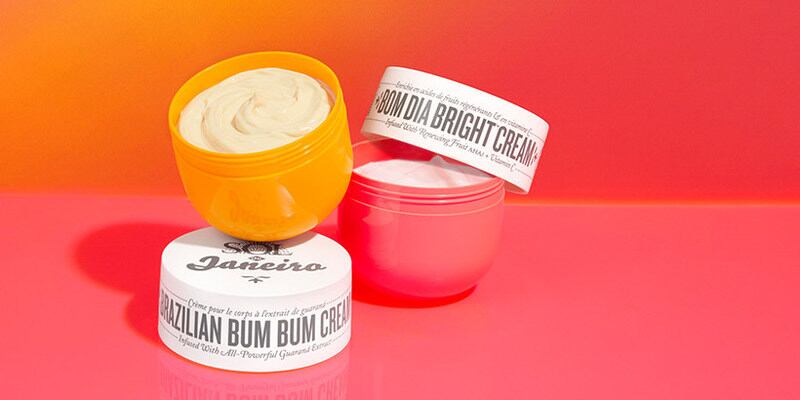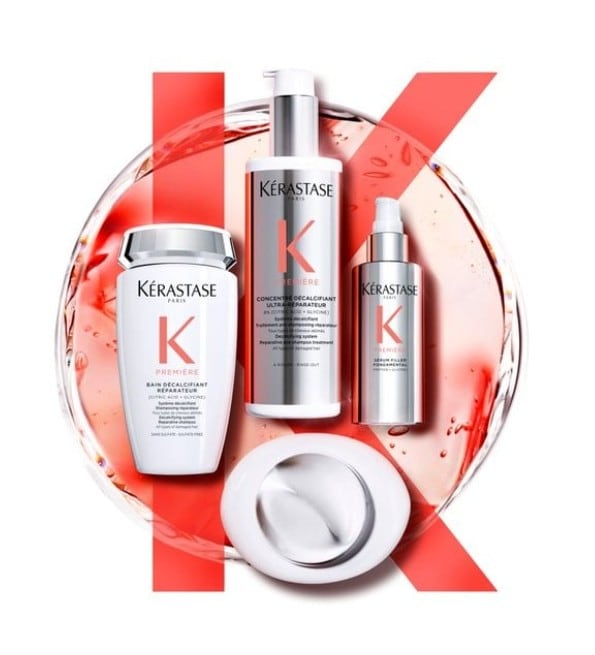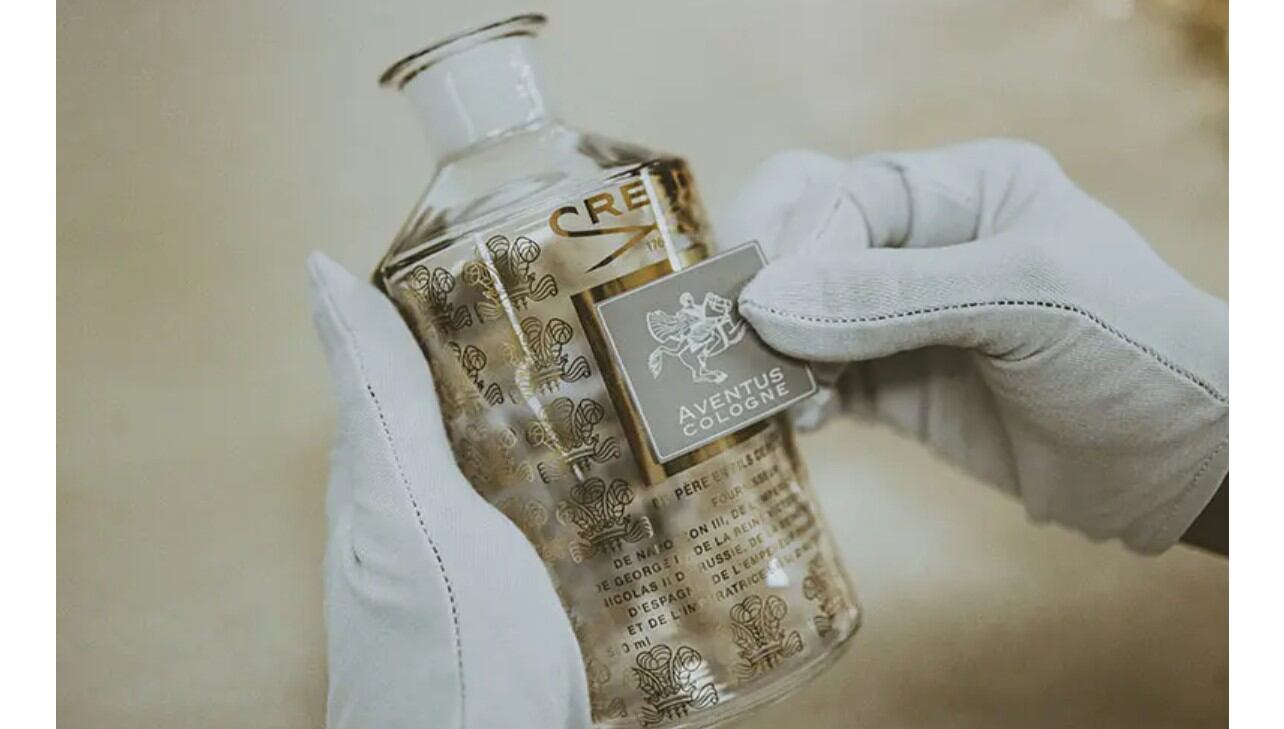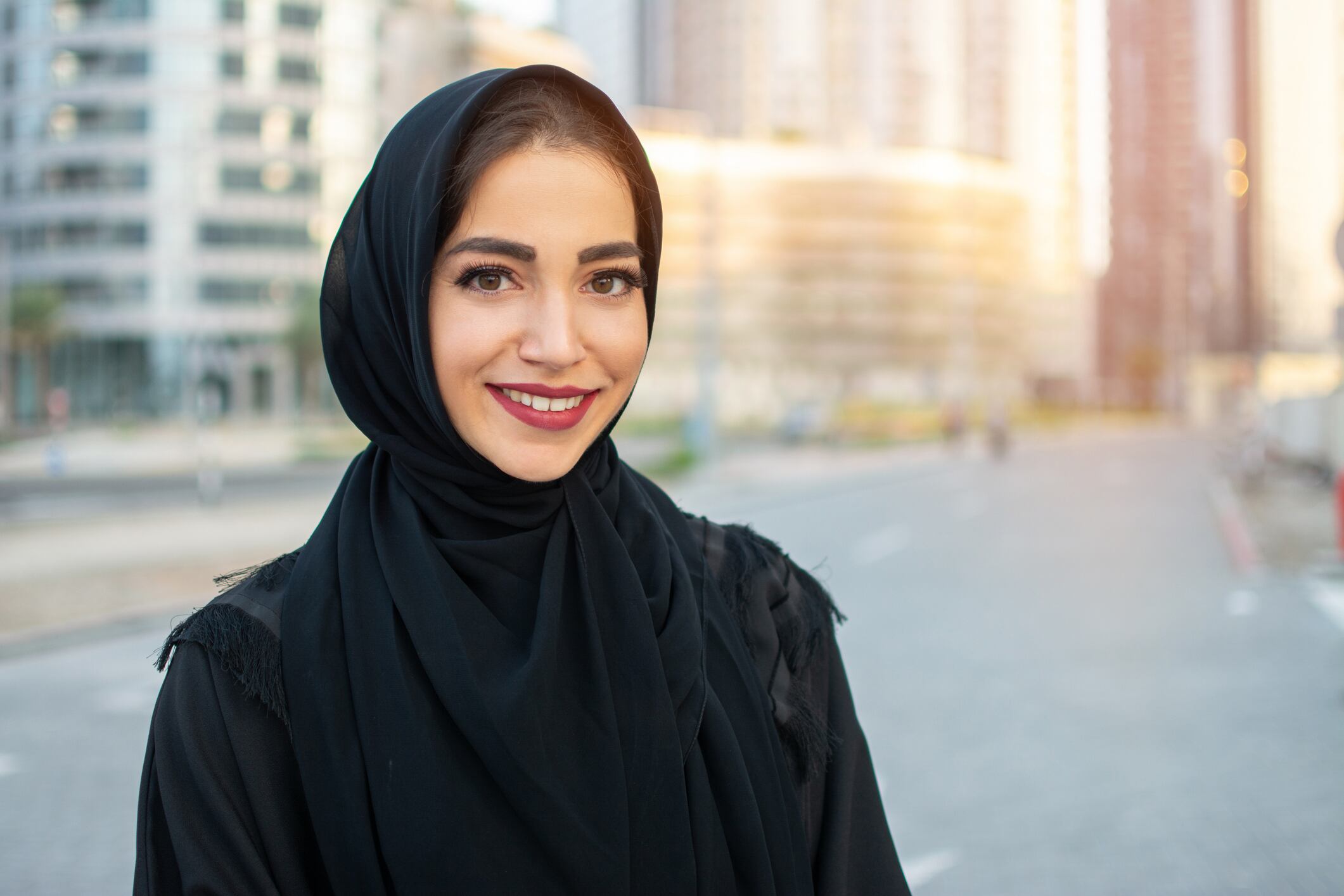Key takeaways
- The APAC travel retail market is undergoing a major shift, with slower recovery expected due to changing Chinese consumer behaviour.
- L’Occitane Group sees strong growth in the Middle East, Africa, and Europe, with Erborian and Sol de Janeiro leading the charge.
- Pop-up activations and spa experiences are key strategies to boost visibility and conversion in travel retail.
- Gen Z and Millennials are driving demand for exclusive, emotionally engaging beauty offers.
- L’Occitane en Provence is preparing for its 50th anniversary with refreshed branding and immersive retail experiences.
- K-Beauty is seeing a revival and this time is likely to be more tailored to Western beauty routines.
At the recent TFWA travel-retail exhibition in Cannes, we spoke to L’Occitane Group’s Managing Director for Global Travel Retail, Evelyne Ly-Wainer, and Global Group Marketing Director for Travel Retail, Mona L’Hostis, about trends in travel retail, the Chinese market, and what’s next for the group’s brands.
CosmeticsDesign-Europe (CDE): Some of your brands have long enjoyed popularity in markets in the APAC region. What’s currently happening in the APAC travel retail market? Is it seeing signs of recovery?
Evelyne Ly-Wainer (ELW): It’s still a challenging market that’s essentially going through a paradigm shift. There is no going back to the days before Covid, because the primary group of travellers — the Chinese — have changed for good. They used to be in a very optimistic position, having experienced over 20 years of double-digit economic growth, so everything was bright and they were very optimistic about their spending. When they travelled, shopping was at the top of their list. However, today they have become more educated, more sophisticated and more rational, because they are no longer in this ‘forever growing economy’ context.
This is also shaped by the overall development of omnichannel distribution, which means more products are now available online in their domestic market compared to the past. In fact, one of the key reasons they used to shop when travelling overseas was to find brands that weren’t distributed in their own market — and this has shifted significantly. I think with the Chinese being such a large group of consumers, it’s not easy to find a replacement for this.
This is why I believe it’s still going to take at least another 18 months — if I’m being optimistic — for the market to bounce back.
CDE: So we’ve talked about the slowdown in China, but on a more positive note, globally, which markets are growing right now?
ELW: The Middle East is very dynamic. I think this area, particularly the UAE, is one of the rare exceptions where traffic is going up and sales are not going down in travel retail. Their traffic is pretty much in sync with their sales growth.
Dubai is becoming overcrowded as more people are attracted to work there. The entire vision is very dynamic, and if you look at Dubai Airport, it sees close to 100 million passengers a year. It’s a huge hub, and they do manage to capture shoppers as well.
Africa is still small, but it’s the fastest-growing continent today in travel retail — although the base is very small.
Europe remains dynamic. In fact, in the first half of the year, sales increased by about 5% for overall travel retail in Europe across all categories. So the market is still at +5%.
CDE: Turning to your portfolio of brands. Which brands in the L’Occitane Group are shining in the travel retail space right now?
MLH: We’re lucky to have a super diverse portfolio, and today we’re able to attract the new generations thanks to brands like Sol de Janeiro and Erborian — they’re drivers of growth and shine in different spaces.
But for the entire group, the highest growth is coming from Erborian.
CDE: You do a lot of pop-ups with the Sol de Janeiro brand. What is the strategy behind this?
ELW: The pop-up strategy is not only to drive sales but to capture new travellers where they don’t necessarily expect to see us. We know there’s a conversion challenge today — a lot of travellers aren’t even stepping into the shop anymore — but by having a pop-up in locations outside of the shop, the brand becomes more visible. It’s a way to shout loud “hey, we are here”, and I think it’s a good traffic-stopper element.
MLH: We’re also aiming to give something super surprising to our customers — for example, our holiday season pop-up in Charles de Gaulle Airport in Paris.
The main idea is that we’ll always have a specific, proper animation to capture people’s interest, to be more visible, and for it to be unexpected — not where travellers are usually seeing the brands.
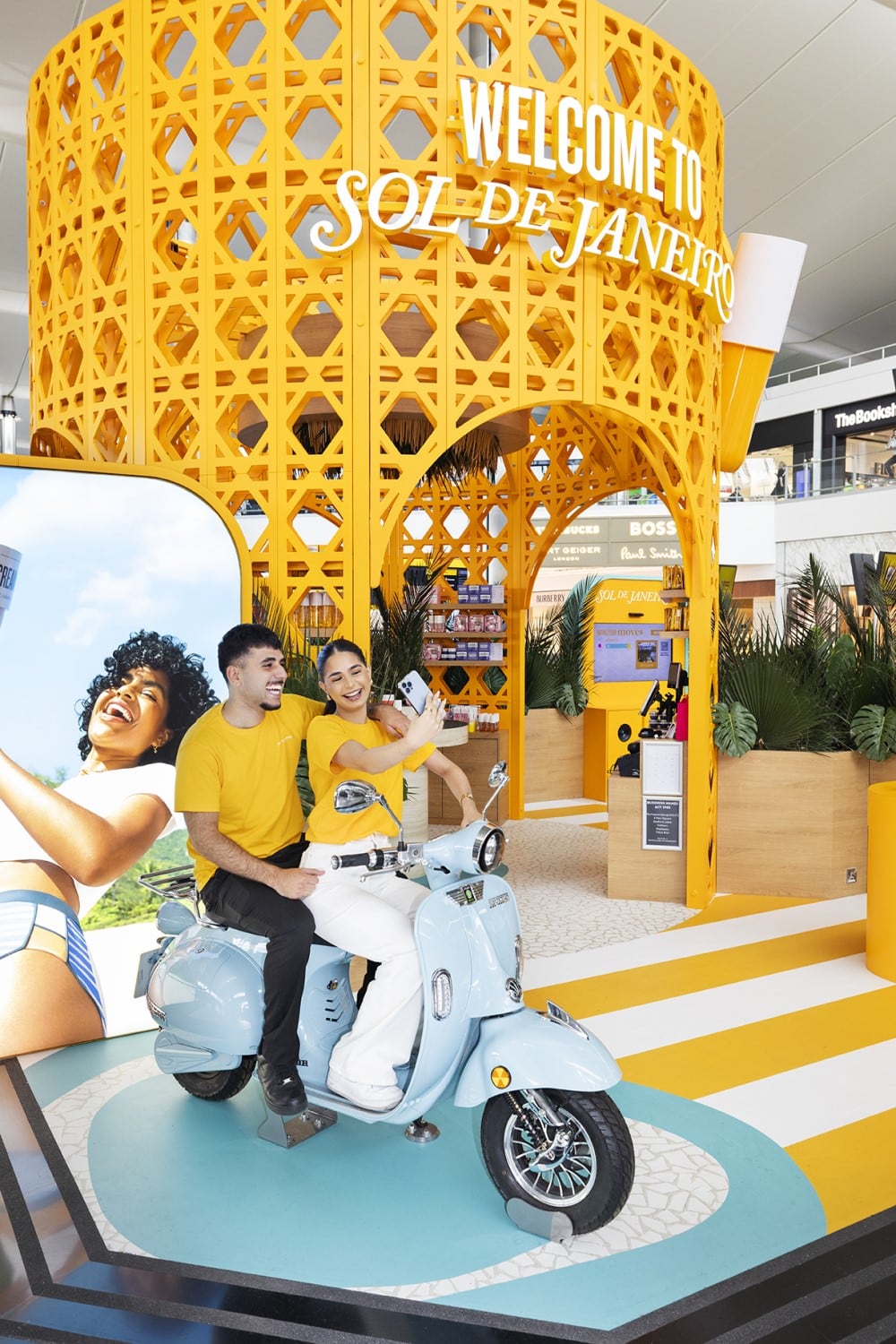
CDE: With Sol de Janeiro, you do a lot of travel packs and gifting options for this brand. Can you share more about this?
ELW: I think we all know we’re facing a conversion issue in travel retail, so what can help us convert better or continue to perform is to bring relevant offers to consumers. Today, we know that different generations have different expectations. For example, Boomers are bargain seekers, whereas younger generations like Gen Z or Millennials are looking for some sort of emotional element that motivates them to make a purchase.
The exclusiveness of the products — whether it’s a limited-edition collaboration, a travel retail exclusive, or just a very engaging interaction with the beauty advisor — all these are factors that drive their purchase. That’s why we’re also relooking at the way we offer and merchandise exclusive products, to make them more visible — more obvious for different generations of shoppers to navigate and find their happiness and preferred products.
CDE: What’s happening with your flagship brand L’Occitane en Provence? Any news here? What’s in the pipeline?
MLH: For L’Occitane en Provence, we’ll be celebrating our 50th anniversary next year, as the brand was born in 1976. For this, the full 360 is being reworked — products, packaging and designs. We’ve already done a lot of these renovations this year to bring modernity to our network, and we’re also planning to bring new experiences and services to travellers that are really true to our brand.
We’re strong in our spa expertise, with almost 100 doors worldwide and a great team dedicated to spa experiences. Now, for each new development or innovation, we’re working in partnership with the spa to offer new routines and experiences with our products directly at the point of sale. The idea is to focus on specific doors where we have the traffic and the image to ensure we can offer specific routines before boarding the plane.
For this, we’re selecting key locations — Hainan is one example, where we have a specific pop-up for the L’Occitane en Provence Botanical Lab. Istanbul is one of our targets, along with numerous Chinese airports, Heathrow in London, and Charles de Gaulle in Paris — mainly the key hubs. The idea is to offer the best services in these locations.

CDE: You’ve recently reformulated Erborian’s CC Cream. What prompted the change?
MLH: We were the first brand to introduce CC Cream to the European market. The decision to reformulate was driven by a desire to strengthen the formula — we’ve increased the SPF and boosted the concentration of the active ingredient, Centella Asiatica. We also wanted to make both the formula and the packaging cleaner.
CDE: Are there any other upcoming plans you can share about any of your brands?
MLH: As I mentioned, we’re currently focused on rebranding and renovating L’Occitane en Provence in celebration of its 50th anniversary.
For Sol de Janeiro, we’re developing new products to stay ahead of the competition. Mists are becoming a major trend in the fragrance world — everyone’s doing them — so we’ll be launching mists, but better!
We also plan to expand the skincare offering from Erborian and continue introducing new Korean beauty innovations to the European market.
CDE: What are your biggest travel retail markets across the group right now?
ELW: We have a healthy balance between APAC and the Western markets. At the moment, it’s roughly 50/50, with EMEA and the Americas potentially slightly ahead.
These are the regions performing best and still showing growth. APAC remains a challenging market, undergoing significant shifts and changes. We’re pleased with our well-balanced geographical coverage and fortunate to have a portfolio of brands that cater to diverse needs and generations of consumers.
CDE: What trends are you seeing in global travel retail?
MLH: Globally, the market is increasingly influenced by what’s happening locally. This new generation of consumers is always on the lookout for fresh brands.
It’s also worth noting that K-Beauty is making a comeback — and travel retail is ready for it.
CDE: K-Beauty saw a surge in popularity back in 2018. What’s different this time?
ELW: Last time, it was perhaps less tailored to Western consumers and largely driven by major brands like AmorePacific, which exported products that performed well in APAC but weren’t always suited to Western markets.
Now, the resurgence is being fuelled by cultural phenomena like K-Pop Demon Hunter, and Olive Young is preparing to launch in the US. They’re not just exporting products — they’re introducing an entirely new retail concept.
One of the strengths of the Korean beauty industry is its ability to innovate quickly. They’re excellent at creating new formats and setting trends. Product development cycles can be as short as six to nine months, which is far faster than the industry norm. This agility allows K-Beauty to respond rapidly to emerging trends.


